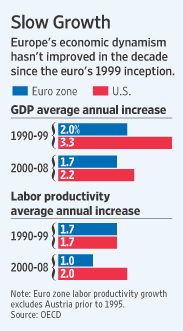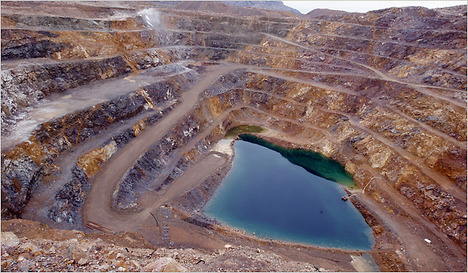(p. 63) In a new working paper, Vernon Henderson, Adam Storeygard and David Weil of Brown University suggest an alternative source of data: outer space. In particular they track changes in the intensity of artificial light over a country at night, which should increase with incomes. American military weather satellites collect these data every night for the entire world.
It is hard to know exactly how much weight to put on extraterrestrial brightness. Changes in the efficiency of electricity transmission, for example, may cause countries to look brighter from outer space, even if economic activity has not increased much. But errors in its measurement are unlikely to be correlated with errors in the calculation of official GDP, since they arise for different reasons. A weighted average of the growth implied by changes in the intensity of artificial light and official GDP growth rates ought to improve the accuracy of estimates of economic growth. Poor countries in particular may have dodgy GDP numbers but their night-light data are as reliable as anyone else’s.
For the full story, see:
“Measuring growth from outer space; Light relief; Data about light emitted into space may help improve growth estimates.” The Economist (Aug. 6, 2009): 63.
The working paper referenced is:
Henderson, J. Vernon, Adam Storeygard, and David N. Weil. “Measuring Economic Growth from Outer Space.” NBER Working Paper No. 15199, July 2009.





